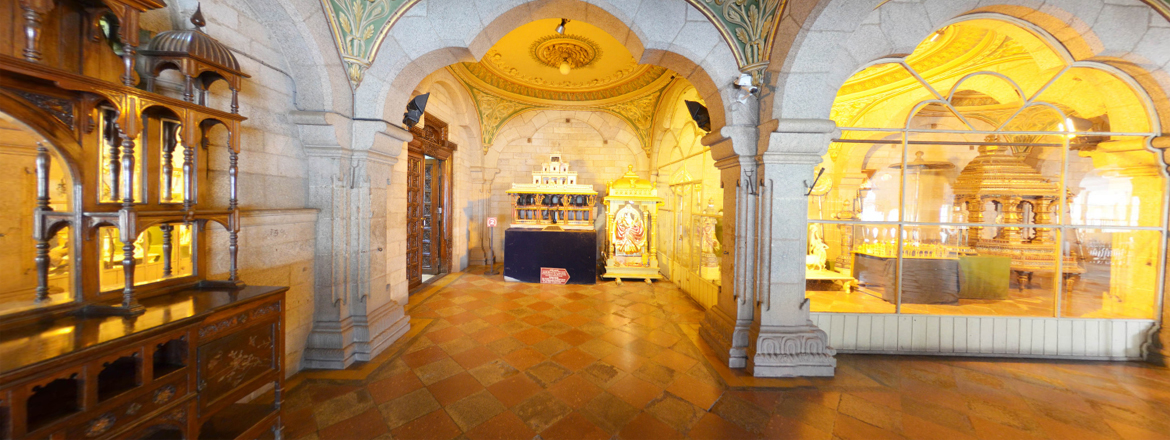about
Main Entrance & Old Palace Model of Mysuru Palace

Palace View Entrance
Welcome to the Royal Splendour of Mysuru, the home of the Wodyers who ruled Mysuru for more than 500 years, known as the City of Palaces, Mysuru retains a quaint charm, that never fails to enchant. Mysuru is a popular tourist destination, offering several attractions ranging from the royal splendour of Mysuru City and its fabulous Dasara Festival to exquisite temples, pilgrimage centres and scenic spots. The royal lineage can be traced back to 1399, when Yaduraya, a royal prince of the Yadava dynasty, was on a pilgrimage visit to Chamundi Temple with his brother Vijaya,. They took shelter in the Kodi Bhairava temple on the banks of Doddakere, the ‘Big Lake’. There they came to learn that the local royal family was in grave danger. Their ruler had just died, and Maranayaka, a neighboring chief, was threatening the queen. He wanted her daughter’s hand in marriage. The queen and the princess were in very vulnerable position. With the help of Jangama (Wodeyar) killed Maranayaka and married the daughter of Chamaraja and succeeded to the Mysuru principality. And so the Wodyer dynasty was established – a succession of 24 kings who ruled until 1947, when Mysuru became part of the Indian Union. The Wodeyars were great patrons of the arts, and the finest craftsmen in the state were employed to work on the Palaces. Wodeyars period was a new era of prose literature as an independent literary medium and it was in other words a prose writing in the form of the history of the Mysuru rulers. Chamaraja Wodeyar encouraged Kannada scholars like Ramachandra, author of Hayasaara Samuchchaya.
Arena and Palace Grounds
There is a large area in front of Mysuru Palace which is guarded by six huge bronze tigers in a ready-to jump up attitude; and, these are located on eigher side of the east, south and north pathways radiating from palace. Another pair stand guard at the flight of steps in the quadrangle north of the marriage pavilion. The renowned British sculptor Robert William Colton made these bronze tigers in the year 1909.
The north yard of the palace was laid out in 1918. The two main gateways at the North Gate of the Fort at Mysuru, named Balarama-Jayarama, were completed with the rear wings and guard rooms, during 1915 - 16. A new South Gate of the fort named Varaha was built and certain improvements were carried in 1918-1919. As part of the scheme for the improvement of the palace gates, a stately gateway with corridors on both sides in the Indo-Saracenic style was erected and named after the regal horse in the palace as Jaya Martanda. The other two gateways on west are Brahmapuri, facing the Jagan Mohan Palace, and Karikallu Thotti, facing the Mysuru City Corporation Office.


